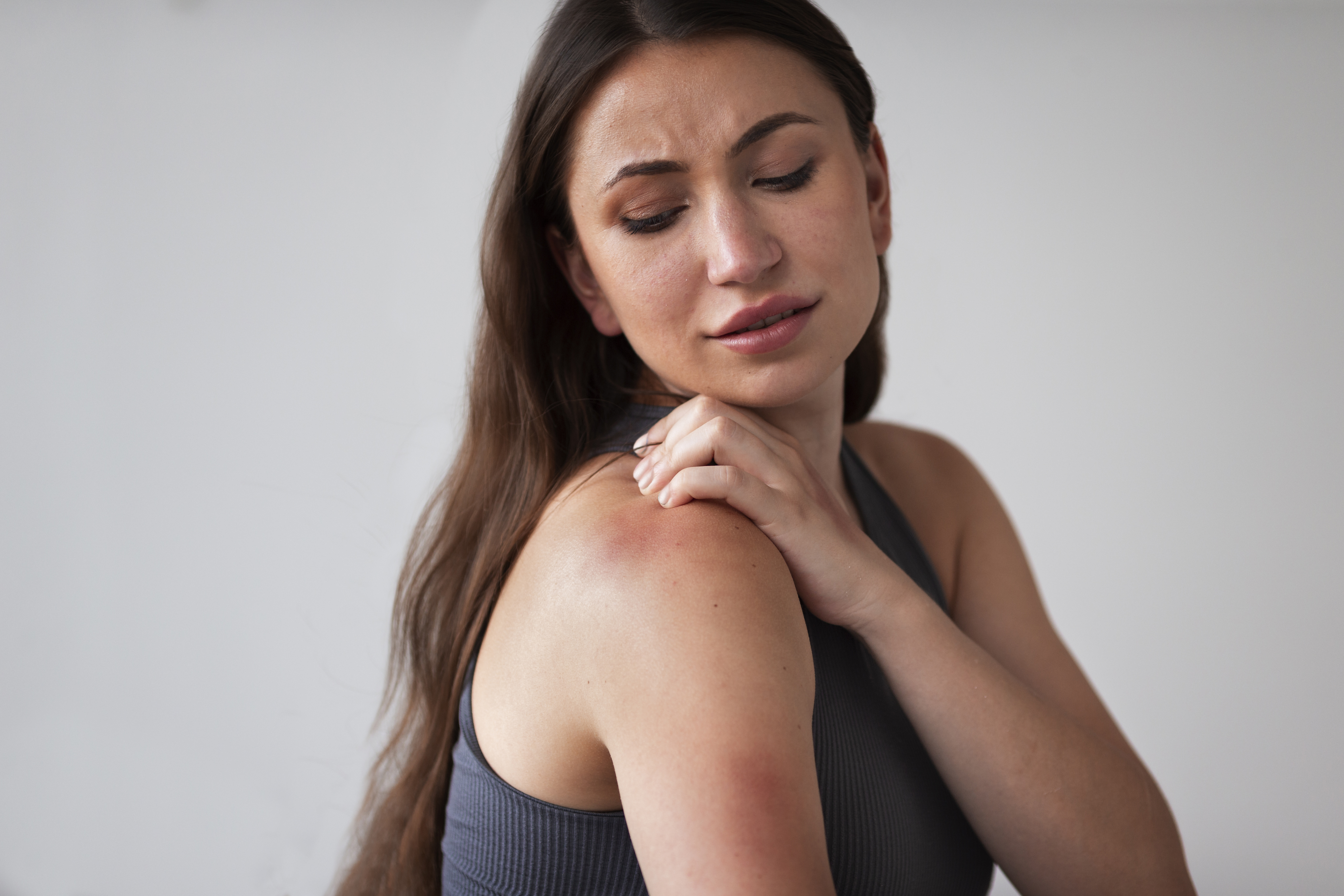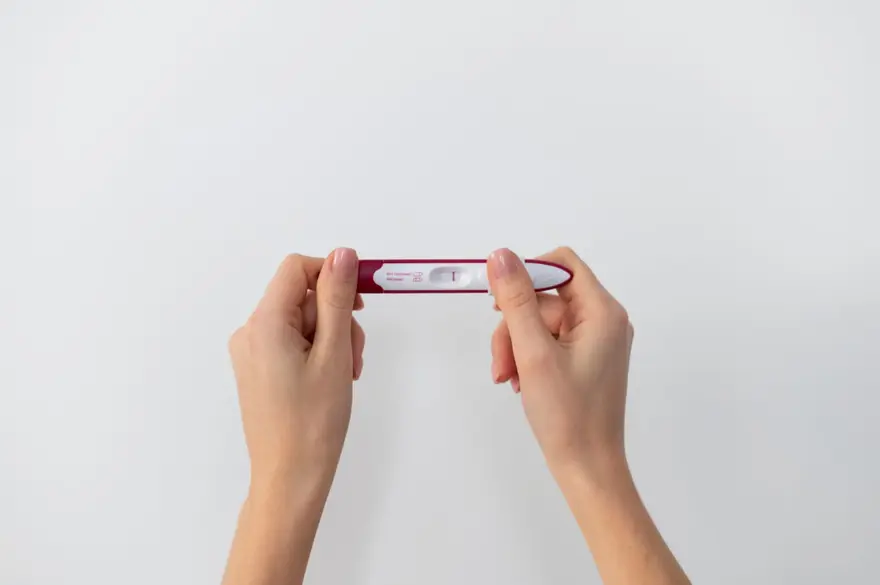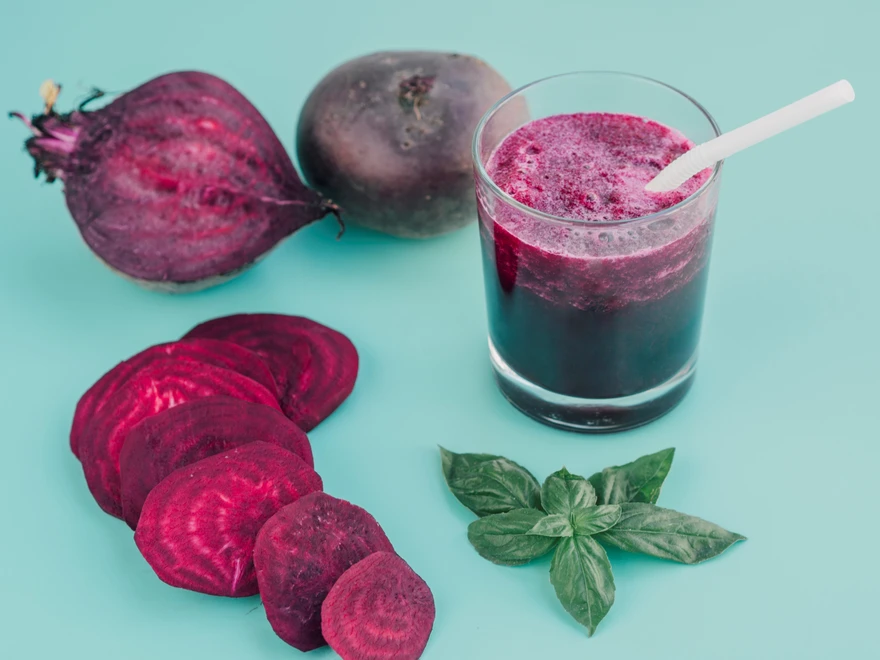Preventive Healthcare
Cholinergic Urticaria - What It Is, Symptoms, Causes & Treatment (At Home)
15038 Views
0

What is Cholinergic Urticaria?
Cholinergic urticaria is a skin rash or hives that occurs when the body sweats or gets too warm. These are warm, tingly, and itchy hives, 1-3 millimetres in size, characterised by red bumps with circles or flares around them, known as wheals.
These can appear anywhere on your body but are more common in the arm, upper back, chest, and face areas. Sometimes, these bumps are very close to making the skin look flushed, blotchy, and swollen. They may pop up within 6 minutes of the trigger and last for around half an hour or two before fading away. The condition may rarely lead to a severe, life-threatening allergic reaction.
Symptoms of Cholinergic Urticaria
The signs of cholinergic urticaria include:
- Itching
- Wheals or small raised bumps on the skin
- Redness around the bumps
Exercise-induced anaphylaxis is chronic cholinergic urticaria that comes with more serious allergic reactions. It can have life-threatening symptoms that require immediate medical attention, such as:
- Difficulty breathing
- Wheezing
- Abdominal pain
- Vomiting
- Nausea
Uncommon Symptoms of Cholinergic Urticaria
These are not common, but you may also have one or more of the below symptoms along with hives:
- Diarrhoea
- Hypersalivation
- Light-headedness
- Rapid heartbeat
- Low blood pressure
- Stomach cramps
- Shortness of breath
If the symptoms are not serious but interfere with your lifestyle, consult a doctor.
Causes of Cholinergic Urticaria
The causes of cholinergic urticaria are:
- Participating in different types of sports
- Exercising
- Taking a shower or hot bath
- Eating spicy foods
- Being in a warm room for a long time
- Being angry or upset
- Running fever
- Experiencing anxiety
- Exposure to hot weather
Any emotion or activity that raises your body's temperature can trigger the body to release histamine, resulting in the signs of cholinergic urticaria. Almost any individual can develop this condition, but men have a higher risk of infection. The condition begins at age 16 and may continue till 30 years of age. If you are prone to other hives and skin conditions, then you have a greater risk.
Treatment For Cholinergic Urticaria
If you like to work out regularly or live in a hot climate, staying away from sweat or heat that causes CU can be difficult. Most common antihistamines used to treat different allergies can heal the condition. These include:
- Benadryl or Diphenhydramine
- Cetirizine or Zyrtec
- Fexofenadine or Allegra
- Hydroxyzine or Vistaril, Atarax
- Loratadine or Claritin, Alavert
If these antihistamines do not work, your healthcare provider may suggest histamine 2 receptor blockers like Tagamet or Zantac. You may also require steroids for a short period.
Other treatments for cholinergic urticaria include:
- Immunosuppressives like dapsone and cyclosporine
- Leukotriene inhibitors like Singulair
- Topical scopolamine
- Omalizumab like Xolair
- Danazol beat-blockers like propranolol
For shortness of breath, treatment for cholinergic urticaria may include an epinephrine shot. This will help with easy breathing and get rid of swelling and hives.
Cholinergic Urticaria Treatment At Home
For cholinergic urticaria treatment at home, you can try out different lifestyle management tips, which include:
- Reducing anger and stress levels through regular exercise without overexertion.
- Journaling can also be an effective cholinergic treatment at home.
- Meditating
- Avoiding the outdoors during the hottest parts of the day
- Wearing loose clothes improves air circulation and reduces pressure on the skin.
- Placing cold compresses on the affected area
Following a low-histamine diet is also a useful cholinergic treatment at home. It involves avoiding foods that contain histamine, the chemical involved in your body's allergic response. This helps your body absorb less histamine, reducing the allergic response that causes urticaria. If you are on a low-histamine diet, avoid or reduce your intake of foods like:
- Shellfish and fish
- Salty foods
- Nuts
- Foods rich in additives and preservatives
- Dairy
- Vinegar
- Many vegetables and fruits
- Alcohol
An elimination diet can also help you with cholinergic urticaria treatment by eliminating the foods that may trigger an allergic reaction. Also, try out different home remedies for temporary relief from CU. These include:
- Applying lotion to the rash offers instant relief. You can rub calamine lotion on your hives to relieve itching and cool the skin.
- Baking soda, with its sodium bicarbonate content, is an effective skin soother. You can mix a bit of baking soda in water to make a paste and apply it to your hives. This will help you with itching and irritation. You can also use baking soda mixed with water for baths. It possesses valuable therapeutic properties to heal CU.
- Vinegar possesses antihistamine properties that can help manage CU most effectively. Mix a bit of vinegar in lukewarm water and dab the solution on your hives with cotton to heal the condition.
- Acupuncture might be a painful treatment, but it is one of CU's most effective home remedies. It can relieve itching and irritation.
- Turmeric can also heal CU due to its anti-inflammation properties. Make a paste by adding some water to turmeric powder and applying it to your rashes directly. For instant relief, you can also have turmeric-infused milk.
- Use coconut oil on your hive as it is a natural skin moisturizer with antimicrobial properties. It soothes the skin and comforts hives-associated itching.
- Green tea also possesses anti-inflammation and antihistamine properties that may treat CU effectively from the roots. It also contains polyphenols that can heal hives and other allergic reactions.
- Essential oils like tea tree oil have several therapeutic benefits. Adding a few drops of it to water and using it directly on the affected area can heal hives-related itching.
Conclusion
So, now you know what Cholinergic urticaria is, its symptoms, causes, and treatments. Remember that the signs of cholinergic urticaria tend to disappear within a few hours. However, if they persist or become more frequent, speak to your doctor. They can help you take different preventive measures to minimize future reactions. Also, never neglect symptoms like difficulty breathing and wheezing, as these can be fatal.























 WhatsApp
WhatsApp
